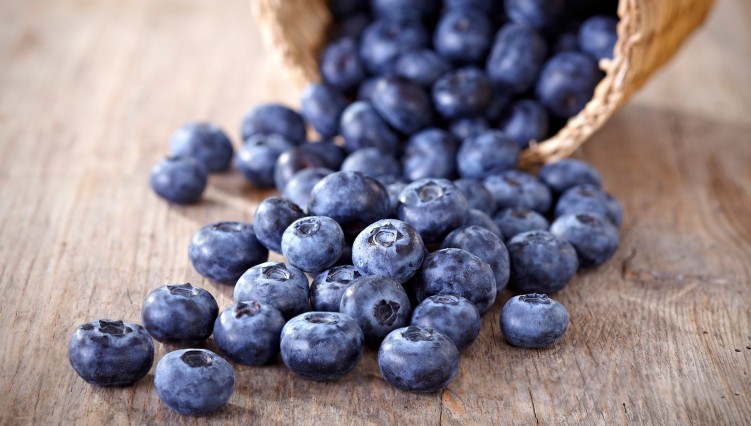Blueberry Harvest Wraps Up
By Tim Hammerich with the Ag Information Network
California has wrapped up blueberry harvest in the state. Growers were expecting a record crop but COVID-19 and weather issues created some challenges. Here’s the California Blueberry Commission’s Todd Sanders.
“Overall, we were expecting a record crop of over 77 million pounds due to COVID and weather related issues and stuff like that, I don’t think we’re going to come in nearly that high. But we’re going to come in pretty close. I think it will be probably around 65 to 68 million pounds, will be our final number,” said Sanders.
“That’s fresh and processed. But this season was difficult. Our season was right in the middle of the pandemic as we’re still kind of going through it as we speak. But we were right in the middle of the lockdown, there was trouble moving fruit, especially when it comes to exports. That’s 20% of our product is export and it was difficult to export anything. So it was a difficult season, but the growers I think did pretty well. But we’ll have to see when the final numbers come back,” said Sanders.
Sanders said the majority of the blueberry harvest has moved north up to Oregon and Washington. He provided that report as part of the blueberry industry’s new weekly podcast called “The Business of Blueberries”.















